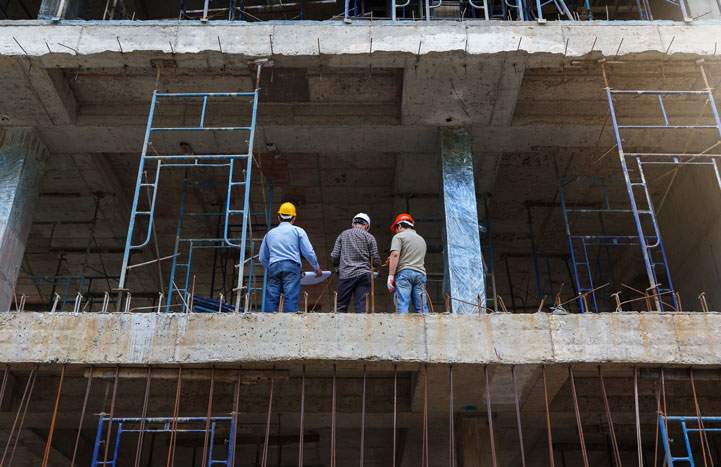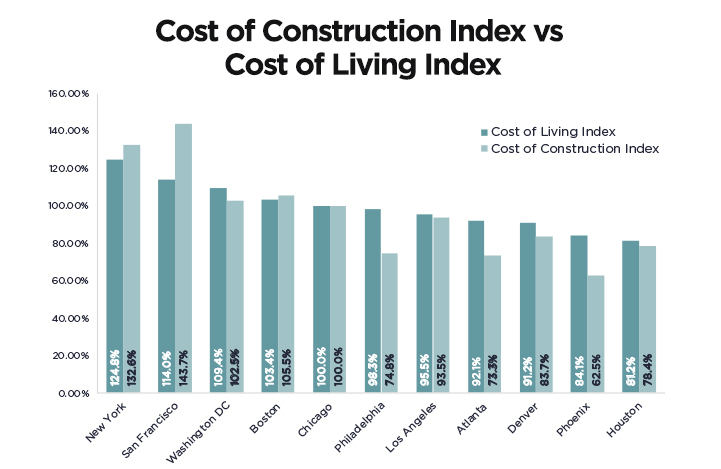Analyzing Total Construction Costs
In the last two years, the cost of building out a typical, Class-A law firm space around the world has grown by 10% overall with a wide range seen when compared city by city. Working with Savills construction management team, the Savills Legal Tenant Practice Group has gathered, reviewed, and compared typical law firm construction budgets from 19 global markets,11 domestic and 8 international.
Since Savills last analyzed costs in these markets at the end of 2017, U.S. markets saw an average increase of 12.0%, with an 8.0% increase abroad. Cities that are seeing the highest growth in costs include Tokyo (33.0% increase), San Francisco (27.0% increase) and Chicago (22.0% increase). The only market to see costs decline in this period was Toronto, where costs dipped by 6.0%.

.jpg)
.jpg)
